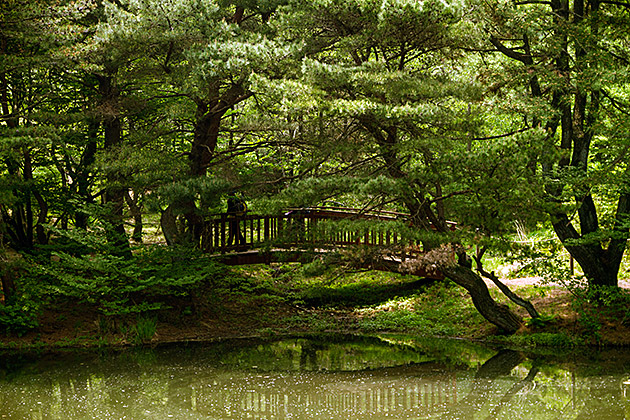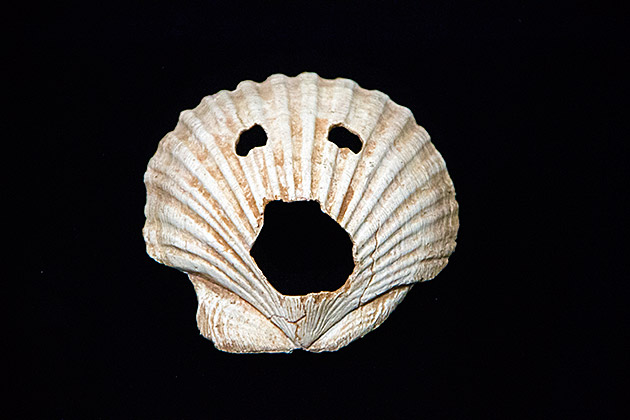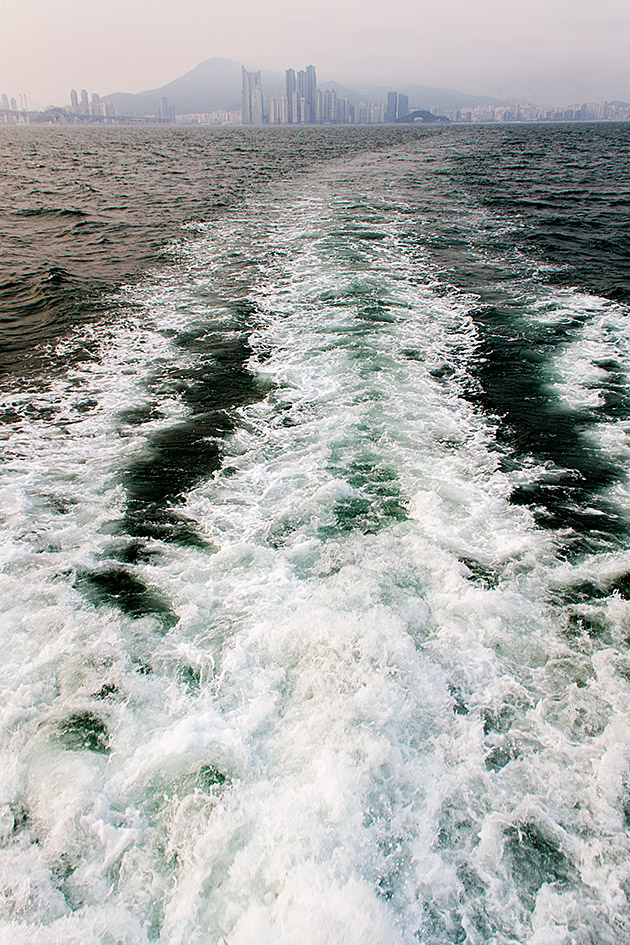A Concise History of Busan… or Is it Pusan?
Busan or Pusan? The name is spelled both ways on signs around the city. Before arriving, I’d have bet that the official name was Pusan, but I would have been wrong. In 2000, a new method of transliterating Korean was implemented and the name changed overnight to “Busan”. The Korean character ? represents both “b” and “p” (which, when you think about it, are nearly the same letter anyway). For the city’s residents, there’s no change at all. ?? remains ??.

To my ears, “Pusan” sounds more like what people are actually saying, but it’s a close call. Regardless, Busan is a lot easier for Western tongues than the city’s original name, Geochilsanguk! Here’s a quick look at Busan’s long, tumultuous history:
Prehistory: The earliest evidence of humanity in Busan dates from around 18000 BC. Pottery and shell middens mostly found along rivers and the coast indicate a fishing-based society.
2nd Century AD: The town is organized for the first time as “Geochilsanguk”, under the administration of the Jinhan Confederacy.
757: After being absorbed into the powerful dynasty of Silla, the city’s name is changed to Dongnae, still the name of one of Busan’s neighborhoods. Silla was one of the Three Kingdoms of ancient Korea.
10th Century: The Goryeo Dynasty (whose name would evolve into “Korea”) had succeeded in uniting the Three Kingdoms, and renames Dongnae to Busan-po. “Busan-” means “kettle”, referring to the shape of the city’s mountain, and “-po” means “harbor”.
15th Century: Busan is designated an official trading post with Japan, leading to the formation of a large Japanese population in the city.
1592: Busan becomes the scene for the opening strike in the Imjin War, during which Japan invades Korea. The Japanese have a new technology in firearms, and overrun the city in two days.
1876: Busan becomes Korea’s first international port, and the city expands rapidly from a fishing village into a major center of commerce.
1910-1945: In 1910, Korea was annexed by an aggressive imperial Japan. Not the finest moment for the country, but Busan flourished under the Japanese administration, and technological innovations not seen in the rest of Korea are introduced here.
1946: Following WWII, Koreans are outraged by the unilateral Allied decision to split the country into two protectorates (American to the south, Soviet to the north). Railroad workers in Busan strike, kicking off the Autumn Uprising, which quickly spreads throughout the country.
Korean War: Busan serves as Korea’s provincial capital, after most of the peninsula falls under Communist control. The Battle of the Pusan Perimeter lasts 45 days, sees 120,000 casualties and ends in a successful US-led defense of the city.
1995: After a period of steady post-war economic progress and urban development, Busan is promoted to a Metropolitan City, giving it the same status as a province.
And Beyond… Construction continues in Busan at a furious pace, with giant retail stores, housing, and business centers sprouting up all over. It’s hard to imagine Busan sprawling out even further, but we probably shouldn’t underestimate the city’s hard-working, optimistic populace.




I love this article!
1592 on your history timeline is misleading because the Japanese ultimately retreated after 7 years of probing and fighting to no avail and with a huge loss in resources. Yes the Japanese did have an improvised version of the Portuguese matchlock firearms and at the time, they were superior in hand to hand combat (sword to sword would be more accurate), but throughout the course of the war, it proved impractical because of the slow reloading process. The Koreans would let off six of seven arrows in the time it took a Japanese soldier to reload and shoot. Also, the most important battles were fought on the seas where the Koreans, though immensely out numbered, definitely had the upper hand because they had larger cannons mounted on sturdier ships that yielded further range. That meant that the Japanese ships could not get close enough to grapple and board for hand to hand combat. Oh right, there was also Admiral Yi Sun Shin (revered like a god in our country) who constantly engaged and sank battle + supply ships carrying much needed materials for the invading land forces. Not to mention his unblemished 23-0 naval battle record. He died in the final battle that ended the war but not before commanding his officers to not announce his death until the battle was won for the sake of the morale of his troops. Sorry for the history lesson but had to point it out.
Wow! Steve, you know your stuff! What about the 12 or 13 “Turtle Ships” against the 100+ enemy ships? Was there such a one-sided battle that the Koreans won?